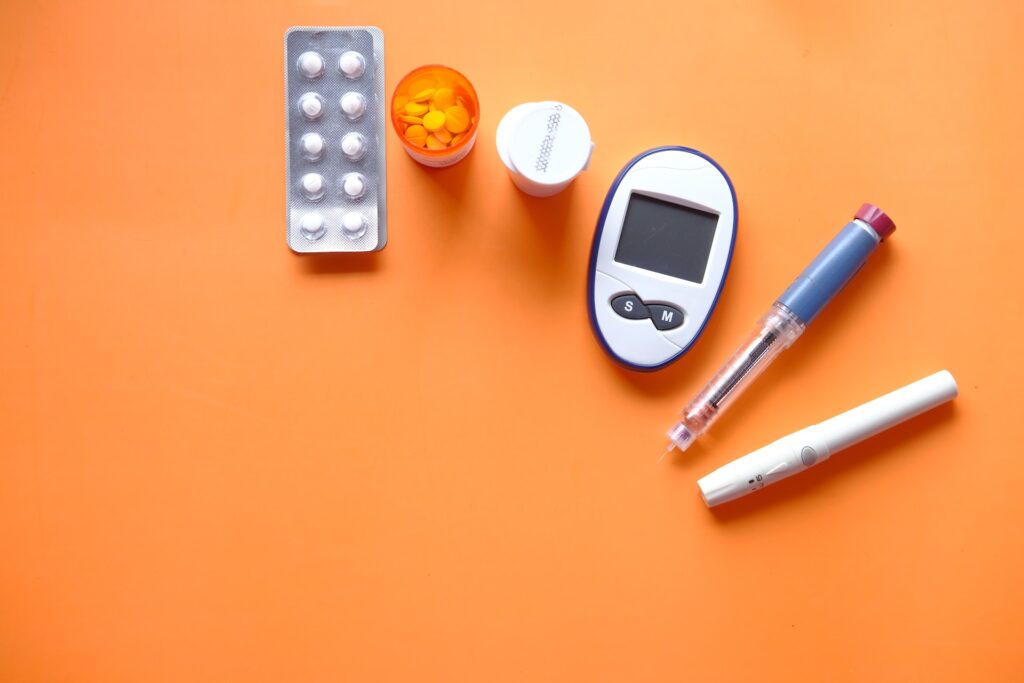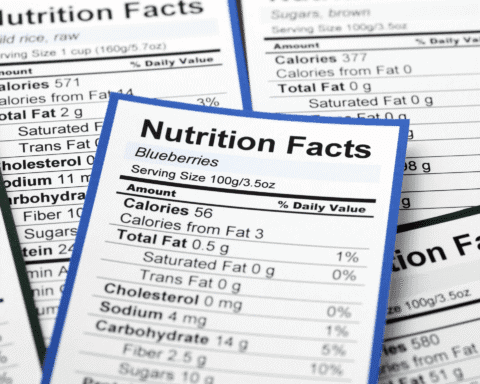Diabetes is classified as one of the most famous lifestyle-related diseases. In contrast to its previous association with older people, pathology is now a growing threat to younger age groups, including children.
Type 2 diabetes comprises nearly 90% of cases and affects a global population of over 400 million individuals. Nevertheless, endocrinologists report that as many as 50 percent of patients remain undiagnosed and unaware of their condition. This is catastrophic, as advanced diabetes is associated with an immense variety of severe complications.
Consequently, it is crucial for everyone to be aware of the signs of diabetes so that they can respond quickly and start treatment.
What precisely is type 2 diabetes?
Type 2 diabetes is the most popular form of the disease; it is also referred to as adult-onset diabetes or non-insulin-dependent diabetes. Unusual blood glucose levels and insulin resistance are the main signs of this condition.
Insulin resistance results in excessive production of this hormone but diminished tissue sensitivity to its effects.
The development of the disease is linked to both genetic predisposition and modifiable factors, which are those that are under our control. While vulnerability to the condition is inherited, a harmful lifestyle can contribute to the development of diabetes.
Furthermore, abdominal fat is associated with the following risk factors for insulin resistance:
- Triglyceride and cholesterol elevation;
- hypertension;
- insufficient physical activity;
- advanced age (with an increasing risk of disease development);
- chronic sleep disorders;
- previous gestational diabetes;
- tobacco use and alcohol consumption.
A familial predisposition to type 2 diabetes and a genetic predisposition augment the likelihood of developing this condition. The Diabetes Association advises annual diabetes screening for individuals at risk. This is something healthy individuals over the age of 45 should perform every three years.
Initial indications of type 2 diabetes
For years, doctors have been telling patients that preventive tests are the best way to find diabetes or prediabetes early. However, patients rarely do what their doctors say. As a consequence, the disease is frequently identified in its later stages.
This is also due to the fact that the symptoms of type 2 diabetes are both diverse and imprecise. The progression of the disease may go undetected for years. Consequently, it is prudent to diligently monitor one’s health and promptly address any indications of concern.
You will thirst a lot if you have diabetes.

Dry mouth is an early indicator of type 2 diabetes, which manifests as polydipsia, or increased thirst. Even at night, we can discuss increased thirst and frequent queasiness. Despite consuming up to 8 liters of fluid daily, patients with polydipsia continue to experience symptoms of parched mouth.
What is the cause of this? In order to eliminate surplus glucose, the body necessitates water for the elimination of sugar through urine. A high fluid intake is correlated with a greater frequency of voiding, or polyuria.
Drowsiness and chronic fatigue
Constantly elevated glucose levels, which are unusable by the body for energy production, result in symptoms such as excessive drowsiness and fatigue. These symptoms may worsen, particularly following a meal.
It requires time for the body to reestablish a balance between a substantial intake of carbs from food and the recommended amount of insulin. Due to this, the patient experiences so-called hyperglycemia following meals, a condition that eventually subsides.
Feeling tired all the time can lead to mood swings that get in the way of daily life.
Weight variation
People with type 1 diabetes lose weight in an obvious way. For people with type 2 diabetes, it’s the opposite. Elevated concentrations of insulin stimulate fat storage and increase appetite, resulting in weight gain. And this occurs in spite of no dietary modifications.
A lot of skin troubles and infections.
Uncontrolled diabetes weakens the immune system, which raises the risk of contracting bacterial, viral, or fungal infections. Due to the fact that high sugar levels (in the blood and urine) provide an optimal environment for the growth of fungi, diabetics frequently experience vaginal thrush and foot fungus.
Additionally, elevated glucose levels impact the health of blood vessels. They reduce the skin’s nutrients, rendering it more fragile, dry, and susceptible to damage.
Type 2 diabetes signs: early and late
It is possible to develop type 2 diabetes undetected for years. Patients don’t pay enough attention to the early signs of the disease because they think they are just signs of being too tired or overworked. Severe complications ensue due to high levels of glucose in the blood as the disease advances.
Persistent hyperglycemia is bad for blood vessels and can lead to heart and circulation system diseases. Damage to the blood vessels within the eyes can also have a discernible impact on vision. The term for this condition is diabetic retinopathy.
High glucose levels can also hurt the nervous system. This is known as diabetes neuropathy. People with this condition may have muscle weakness, twitches, tingling, and a loss of feeling in their limbs.
When nerves and blood vessels are weak, it’s hard for wounds to heal. This disease makes it more probable that you will get diabetic foot.
How is diabetes diagnosed and treated?
Consult an endocrinologist if you experience any concerning symptoms that could potentially signify the onset of diabetes. In order to get a head start on a diagnosis, he will order some standard blood tests. Oral glucose load testing (OGTT), or fasting glucose testing, is the shortest method.
Changing what you eat and how you live is the most important part of treating diabetes. Dietary and physical activity modifications can prevent the progression of prediabetes and reduce blood glucose levels in certain individuals who have been diagnosed with the condition. Additionally, diabetics can acquire over-the-counter drugs and nutritional supplements to help them manage their condition.







